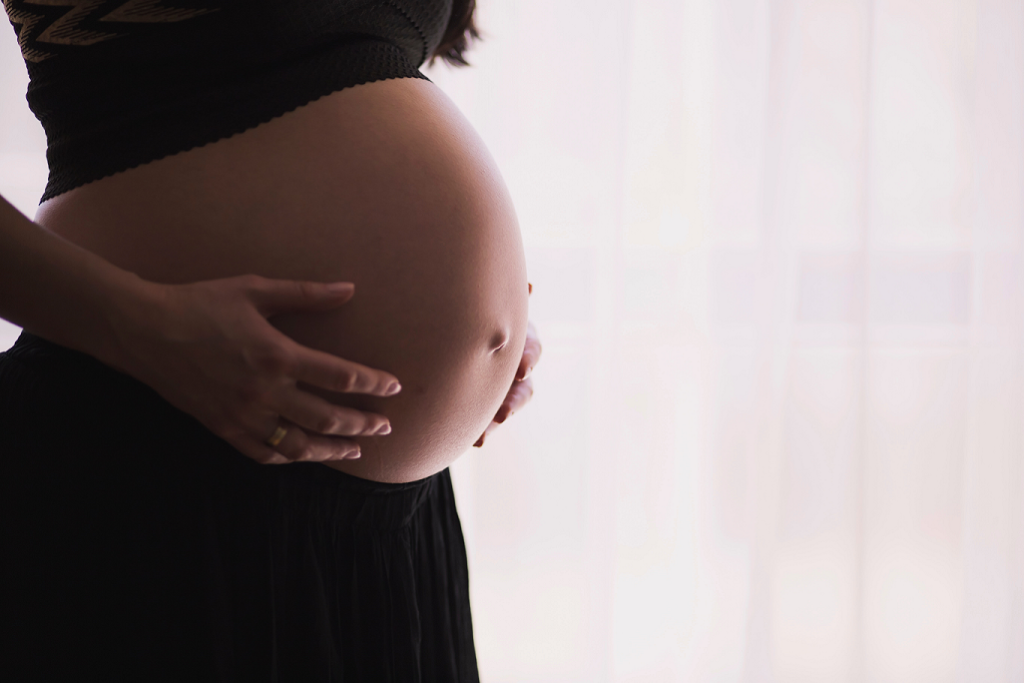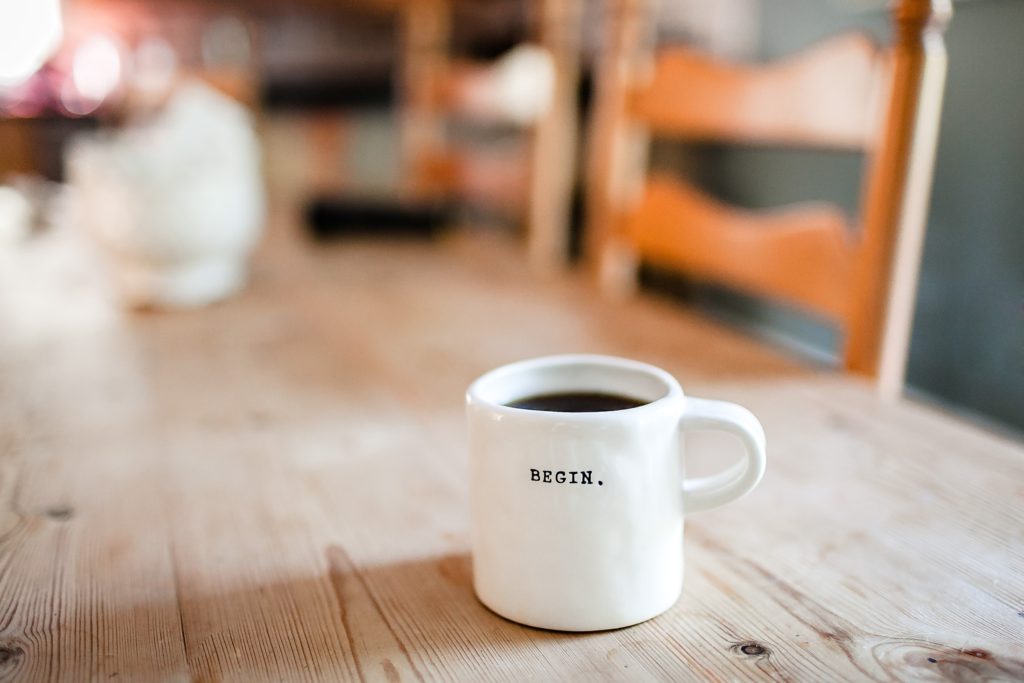Women’s health physiotherapy and pelvic floor retraining

Women’s health physiotherapy is an emerging field of physiotherapy. It is vital for the health of woman-specific issues such as pelvic floor dysfunction, ante and post natal care, incontinence issues and pelvic area pain associated with hormonal changes such as during Menopause. It involves seeing a trained physiotherapist who will assess and treat any conditions related to the pelvic floor. We need to spread the word that you can get your pelvic symptoms better, there are health professionals out there that can help!
What are the pelvic floor muscles?
The pelvic floor muscles refer to the layer of muscles that support the pelvic organs and span the bottom of the pelvis like a muscular sling. The pelvic organs are the bladder, bowel and uterus in women. The pelvic floor muscles attach from the tailbone (coccyx) to the pubic bone (front to back) and from one sitting bone to the other sitting bone (side to side).
Pelvic floor physiotherapy
Common conditions associated with pelvic health that we assess and treat that you might not know that a physiotherapist can help you with:
- incontinence (involuntary leaking of the bladder or bowel)
- stress incontinence (leakage on cough, sneeze, exercise or laughing)
- urinary or faecal urgency (sudden onset of needing to go and can’t deter)
- pelvic organ prolapses (symptoms often described within the pubic region as fullness, heaviness or bulge) i.e. an issue with the pelvic tissues, where the support of the organs is not adequate enough to stop them bulging down into the vagina
- pelvic floor weakness
- overactive pelvic floor
- overactive bladder, possibly having increased urinary frequency throughout the day
More ante and post natal specific
- prenatal assessment of the pelvic floor, including birthing preparation
- postnatal assessment of the pelvic floor function, with the assessment directed at returning to exercise clearance
- pre and postnatal musculoskeletal conditions (pregnancy related pelvic girdle pain PRPGP, lower back pain, sacroiliac joint pain)
- pre and postnatal functional retraining
- diastasis recti (abdominal separation)

If you experience any of the conditions listed above, please know you’re not alone. Here below are some of Australia’s statistics on incontinence.
What to expect on your first women’s health physiotherapy appointment?

- HISTORY TAKING. We will talk…. A LOT. A thorough and detailed history will be taken including information about your symptoms
- how much your symptoms affect your quality of life
- what they stop you from being able to do
- gynaecological, obstetric and surgical events
- medications
- fluid and caffeine intake
- bowel habits
- lifestyle factors which may be impacting on your symptoms eg heavy lifting, excessive squats and lunges at the gym
- psycho-social stressors
It’s amazing but a lot of what we can start to deduce will have already come from our history taking. But to be thorough…
- PHYSICAL EXAMINATION In some (but not all) cases, the physical examination of your condition may require the therapist to perform an internal pelvic assessment. In women it is usually a vaginal examination and occasionally, depending on symptoms, a rectal examination may also be needed. This ensures accurate diagnosis and individualised treatment planning.
The bigger picture and planning…
- HOME PROGRAMME Based on your symptoms and assessment findings you will be treated appropriately and given a home programme. This may be in the form of:
- pelvic floor muscle strengthening
- behavioural bladder retraining
- activity modifications (to name a few)
- EDUCATION The biggest thing with a lot of these conditions is education. Knowledge is power!
- OTHER ASSESSMENT TOOLS You may be asked to complete a 2 day bladder diary. This can be helpful for us to see your urine volumes, bladder sensations, urine output and liquid intake.
According to the Continence Foundation of Australia:
Urinary incontinence
- Urinary incontinence affects up to 13% of Australian men and up to 37% of Australian women (Australian Institute of Health and Welfare report, 2006).
- 65% of women and 30% of men sitting in a GP waiting room report some type of urinary incontinence, yet only 31% of these people report having sought help from a health professional (1)
- 70% of people with urinary leakage do not seek advice and treatment for their problem (2)
- An Australian study found that over a three month period, 50% of women aged 45-59 years of age experienced some degree of mild, moderate or severe urinary incontinence (2)
- Faecal incontinence affects up to 12.9% of Australian Women , with 1 in 4 experiencing this during late pregnancy and 1 in 5 still suffering 12 months after birth
- 37% of pregnant women report urinary incontinence, and up to 47% are still affected 6 months post-birth
Our team consists of physiotherapists with a genuine passion for helping women in the treatment of a wide range of women’s health conditions. At Mediphysio, our physiotherapists believe in timely intervention significantly assisting in the reduction of symptoms and prevention. We want to help our clients achieve optimum physical function and ultimately enhance their quality of life. Book in for your assessment and start taking back control of your life!

We will be writing many more blogs on women’s health physiotherapy, expanding on some of the conditions above in the near future so stay tuned.
References: 1. Byles & Chiarelli, 2003: Help seeking for urinary incontinence: a survey of those attending GP waiting rooms, Australian and New Zealand Continence Journal). 2. Millard, 1998: The prevalence of urinary incontinence in Australia, Australian and New Zealand Continence Journal. 3.


Sorry, comments are closed for this post.